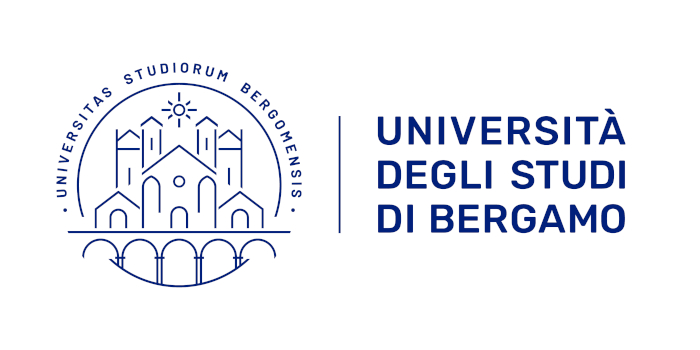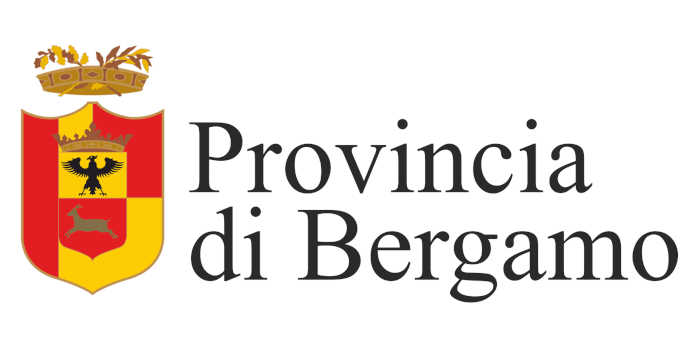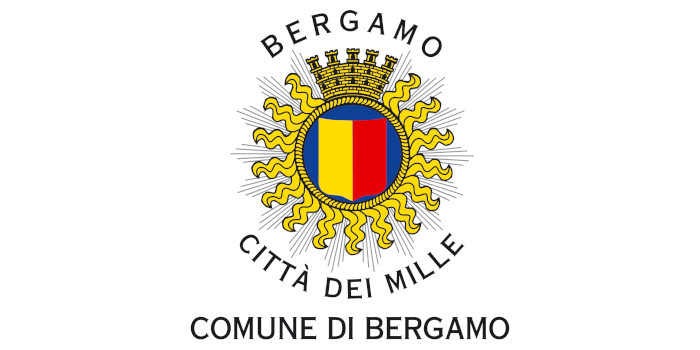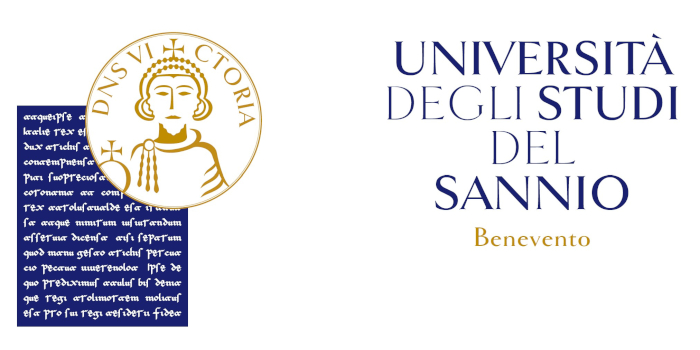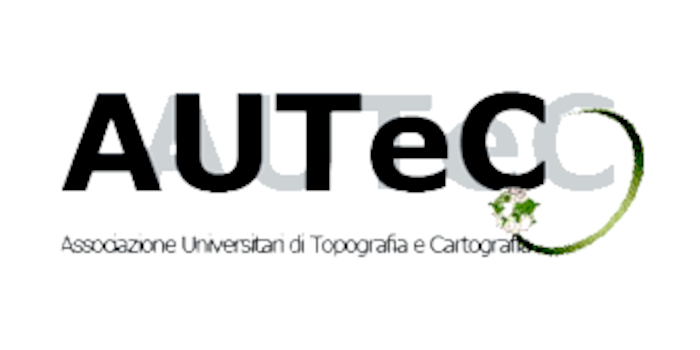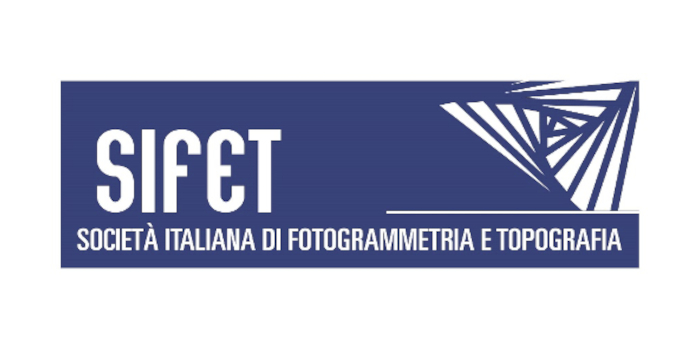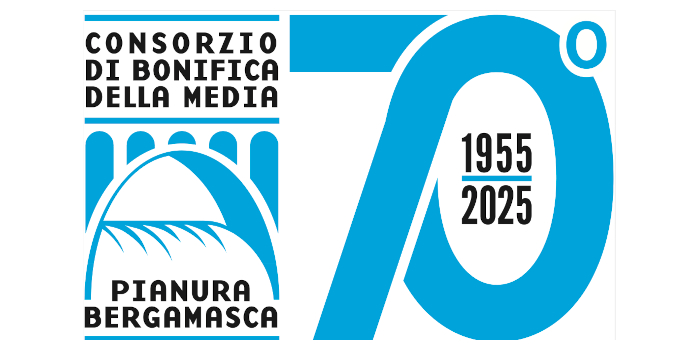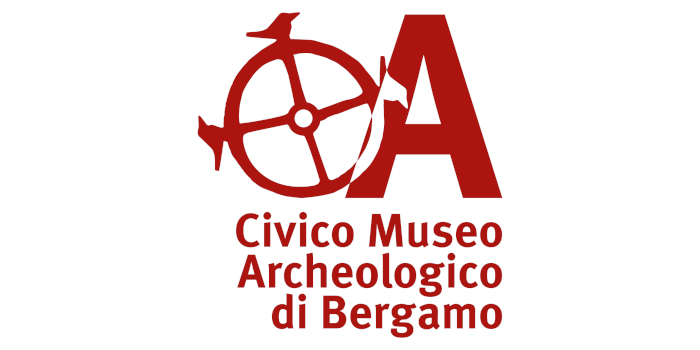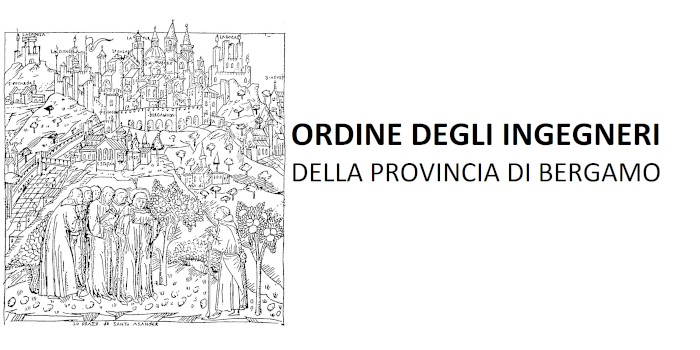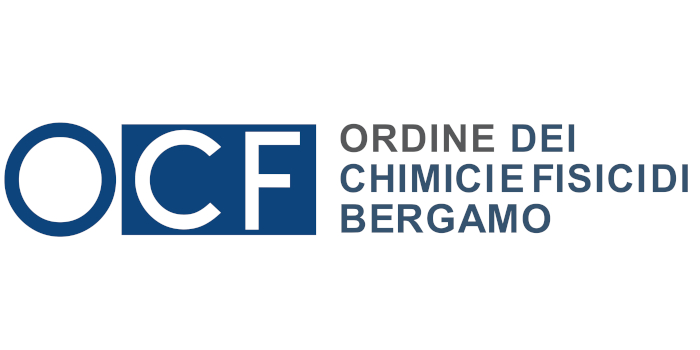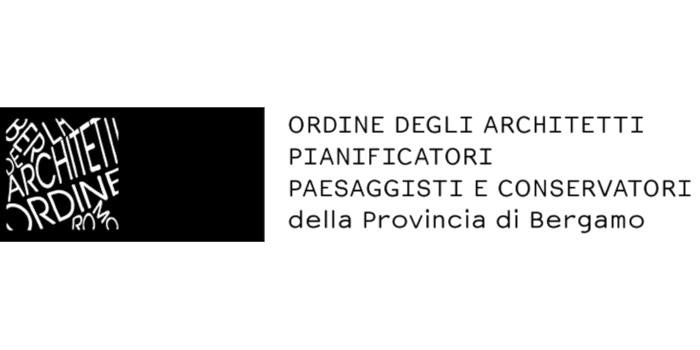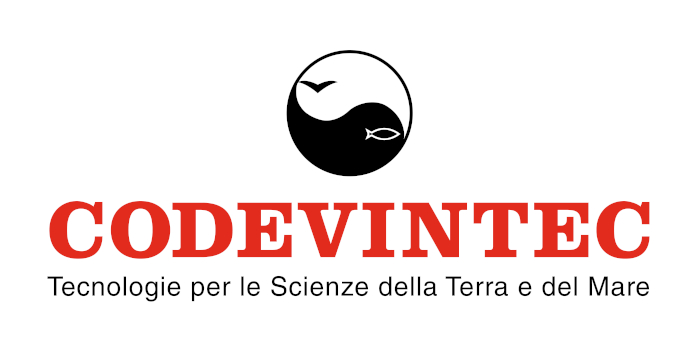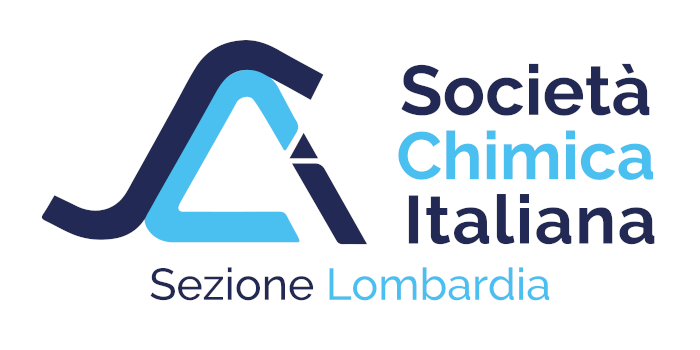SPECIAL SESSION #4
Chromatic Heritage: Exploring the Science of Pigments, Stones and Art Conservation
ORGANIZED BY
Daniele Chiriu
University of Cagliari, Italy
Stefania Porcu
University of Cagliari, Italy
Valentina Mameli
University of Cagliari, Italy
Stefano Columbu
University of Cagliari, Italy
ABSTRACT
This session explores the temporal evolution of the use and raw material working technologies of pigments, mural paintings, stones, ancient mortars, ceramics, metal artefacts and other artworks in Cultural Heritage, unraveling their past, present, and future through the lenses of diagnostics, characterization, dating, and conservation. It offers a multidisciplinary exploration of how advanced analytical techniques contribute to understanding, preserving, and authenticating historical-artistic and archaeological heritage.
TOPICS
Key topics include, but are not limited to:
- Surface Analysis and Non-Destructive Diagnostics: Cutting-edge techniques such as Raman spectroscopy, photoluminescence excitation (PLE), colorimetry, pump-probe methods, ultrafast spectroscopy, X-ray fluorescence (XRF), X-ray photoelectron spectroscopy (XPS), electronic microscopies, and imaging technologies.
- Development of Novel Stratigraphic Non-Destructive Techniques: Innovations in photoacoustic imaging, surface-enhanced Raman spectroscopy (SERS), spatially offset Raman spectroscopy (SORS), infrared reflectance, and other methodologies for in-depth material analysis without damaging artworks.
- Forgery Detection and Authentication Strategies: The use of principal component analysis (PCA) and novel multidisciplinary approaches to distinguish authentic pieces from imitations, enhancing the accuracy of art or historical authentication.
- Dating Techniques and Kinetic Degradation Models: Investigations into how pigments, mortar components, ceramics and other materials age over time, refining methods to determine the age of paintings and predict their long-term stability and conservation.
- Mineralogical and Petrophysical Archaeometric Investigations: geochemical, mineralogical, petrographic and chemical-physical analytical methods in the characterization of stones, marbles, ancient mortars, ceramics, to define the compositional characteristics and mechanical properties, the provenance of materials and restoring and conservation interventions.
- Degradation Estimation and Environmental Interactions: Assessment of how environmental factors influence the chemical-physical-mineralogical degradation of geomaterials (e.g., pigment, stones, ancient mortars and painting), aiding in the development of protective strategies.
- Sustainable and Green Conservation Solutions: Exploration of eco-friendly approaches such as photocatalysis and biofilm removal techniques to ensure long-lasting preservation without harmful environmental impact.
- Artificial Intelligence in Authentication and Conservation: The integration of AI-driven algorithms for enhancing authentication methods, predicting degradation patterns, and supporting conservation efforts.
- Microclimate Control and Preservation Strategies: Investigation of microclimate regulation techniques, including humidity and temperature control, air filtration, and adaptive lighting systems, to mitigate environmental stress on artworks and Cultural Heritage sites.
By examining historical developments, engaging with contemporary advancements, and contemplating future possibilities, this session provides valuable insights into the dynamic interplay of time, color, materials, and Cultural Heritage preservation.
ABOUT THE ORGANIZERS
Daniele Chiriu holds a Master of Science degree in Physics, which he earned with honors (110/110 cum laude) in 2003 from the University of Cagliari. Subsequently, in 2007, he achieved his Ph.D. in experimental Physics.
From 2007 to 2010, Chiriu worked as the Research and Development (R&D) supervisor at SCIMEX s.r.l. – SAES Opto Materials, focusing on crystals for optoelectronics, thermoluminescent dosimetry (TLD), optically stimulated luminescence (OSL) dosimetry, X-ray digital imaging, PET imaging, and laser materials. Following this, he served as an R&D engineer and production supervisor at Portovesme s.r.l. (Glencore) from 2010 to 2013.
Since 2013, assumed the role of Assistant Professor (RTDa) at the Department of Physics, University of Cagliari. He concurrently led the Unit for the FIRB project titled "Time through Colors: study of cultural heritage artifacts by means of non-destructive techniques". In recognition of his contributions, he became an Associate Professor in Applied Physics (02/D1 – FIS07) at the same university in 2022.
In 2023, he achieved the National Qualification as a Full Professor in Applied Physics (02/D1), further solidifying his expertise and standing in the field.
He is co-author of 70 publications on ISI/Scopus rated journals and numerous invited talks/communications at National and International Conferences and Events, in the field of Applied Physics. Citations: 903, H-index: 17 (Scopus database).
His current research is mainly focused on the field of cultural heritage in particular: 1) development of new surface analysis and non-destructive diagnostic techniques; 2) development of new stratigraphic non-destructive techniques; 3) aging and kinetic degradation models; 4) estimation of degradation and interaction with the environment.
Stefania Porcu Born in Nuoro in 1988, she completed a Chemistry degree in 2011 following an internship at the Institut de Chimie Moléculaire et des Matériaux d'Orsay (University of Paris XI) and in Chemical Science at the University of Cagliari. Subsequently, she pursued a PhD in Physics at the University of Cagliari, joining the Materials Science and Optical Spectroscopy research group (TREETOP).
Throughout her PhD, the focus was on exploring carbon nitride materials for potential applications in photocatalysis for environmental remediation and, she had the opportunity to conduct research at the College of Engineering (University of Notre Dame, Indiana, USA) for three months under the mentorship of Professor Svetlana Neretina and at the Institute of Electrochemistry (University of Ulm, Germany) for four months in the research group led by Professor Radim Beranek.
From 2021 to 2024, she worked as a researcher (RTdA) in the Physics Department at the University of Cagliari where she presently works as fellow researcher.
Her research interests are firmly rooted in applied physics, with a specific focus on photocatalysis and its applications in the realm of cultural heritage.
She is co-author of 32 publications on ISI/Scopus rated journals, numerous invited talks/communications at National and International Conferences and Events and organizer of conferences in the field of Applied Physics. Citations: 297, H-index: 11 (Scopus database).
Her academic journey has not only provided her with valuable experiences but also opportunities to collaborate with renowned researchers in different countries. She has been able to leverage these collaborations to enhance her expertise and contribute to the advancement of knowledge in her field. This collaborative approach has not only enriched her professional network but has also allowed her to bring diverse perspectives to her research endeavors.
Overall, she remains committed to pushing the boundaries of knowledge in applied physics and applying innovative solutions to practical applications.
Valentina Mameli was born in Cagliari (Italy) in 1987 and obtained her bachelor’s degree in Materials Science at the University of Cagliari in 2009 with a thesis entitled "Characterization of geological samples of Sardinian obsidian" and achieved a grade of 110/110 with honors. At the same institution, in 2012, she graduated in Chemical Sciences (Materials Chemistry) with a thesis entitled "Obsidian from Monte Arci: provenance study through portable X-Ray Fluorescence and structural and magnetic characterization" and received a grade of 110/110 with honors. These theses were the result of a collaboration with the archaeologist Prof. Carlo Lugliè from the University of Cagliari. In 2016, she obtained her Ph.D. in Chemical Sciences and Technologies at the University of Cagliari with a thesis titled "Colloidal CoFe2O4-based nanoparticles for Magnetic Fluid Hyperthermia", moving from archaeometry studies to biomedical applications of spinel ferrites and their magnetic properties. Her theses and research activities were conducted with the research group of Prof. Carla Cannas and Prof. Anna Musinu from the Department of Chemical and Geological Sciences at the University of Cagliari, and as a post-doc (2016 – 2019) she focused on magnetic nanomaterials and the study of speciation and mobility of arsenic in solid matrices. She then took a position as a fixed-term Researcher - type A (2019 – 2022) for the project named CULT-GEOCHIM, funded with resources from PON AIM (PON Research and Innovation 2014 – 2020 - Action I.2 - D.D. n. 407 of February 27, 2018 "Attraction and International Mobility") for studies in archaeometry and characterization of raw materials used for the production of artifacts. Since October 2023, she has been a fixed-term Researcher - type B in the field of Chemistry for the environment and for cultural heritage at the Department of Chemical and Geological Sciences of the University of Cagliari.
During her carrier, she spent abroad research periods at the Charles University of Prague (Czech Republic) and University College London (United Kingdom), under the collaborations with Prof. Daniel Niznansky, Prof. Jana Vejpravova, PhD. Dominika Zakutna and Prof. Nguyen T. K. Thanh. Her main scientific interests include: (i) the synthesis and characterization of nanostructured materials for different applications; (ii) the chemical characterization and physical properties of materials of historical-architectural and archaeological interest and reference geomaterials using diffractometric, microscopic, and spectroscopic techniques (PXRD, SEM/EDS, TEM, ICP-OES, XRF, FT-IR/ATR/DRIFT, 57Fe Mössbauer spectroscopy), thermogravimetric analyses (DSC-TGA), magnetometric techniques in the context of archaeometric investigations; (iii) the study of the speciation and mobility of metals and metalloids in soils and solid matrices of abandoned mining areas and the design of new nanostructured materials for their removal from solid and liquid matrices; (iv) the synthesis and characterization of magnetic nanomaterials/nanocomposites.
She is the author of 44 scientific articles published in international journals with 764 citations (h-index = 15, source: web of science), a book chapter, and several contributions to conference proceedings.
Stefano Columbu is an Associate Professor at the Department of Chemical and Geological Sciences of the University of Cagliari, specializing in GEO/09 (Mining Georesources and Mineralogical-Petrographic Applications for the Environment and Cultural Heritage). He graduated with honors in Geological Sciences from the University of Cagliari, where he also completed several postgraduate specialization courses in Analytical Methodologies, Environmental Geology, and Water Geochemistry. Since 1996, he has held various research and teaching positions, obtaining the National Scientific Qualification as Full Professor in 2018.
His research primarily focuses on the petrographic and archaeometric characterization of geomaterials used in historical and cultural heritage structures. His studies have investigated monuments and artifacts from different historical periods, including Nuragic, Punic, Roman, and medieval times, aiming to analyze material composition, degradation processes, and provenance markers. He has conducted extensive research on ancient mortars from Roman buildings and medieval fortifications, as well as petroarchaeometric studies of prehistoric lithic artifacts and pigments. Additionally, his work includes the compositional analysis of natural and synthetic pozzolans and their reactivity with binders for applications in sustainable restoration.
He has authored over 150 scientific publications, including more than 100 in indexed international journals, and has presented around 50 communications at national and international conferences. His work has earned him an H-index of 24, with over 1,000 citations.
Beyond his research, he has been actively involved in academic service, serving as a member of the Professors’ Board for PhD programs in Earth Sciences and Earth and Environmental Sciences and Technologies. Since 2010, he has been responsible for the Applied Petrography Laboratories at the University of Cagliari and has played a key role in university governance, including serving as Secretary of the Degree Council and President of the Internship Commission for the Degree Courses in Geological Sciences. He teaches courses on Mining Georesources and Mineralogical-Petrographic Applications for the Environment and Cultural Heritage in the Master’s Degree program in Geological Sciences and Technologies.


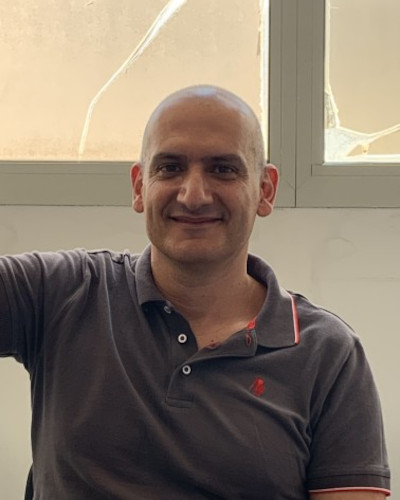

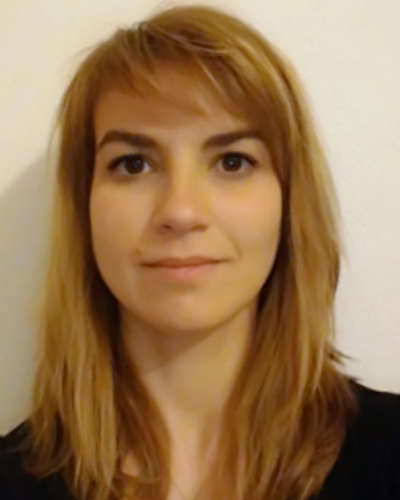
.jpg)
